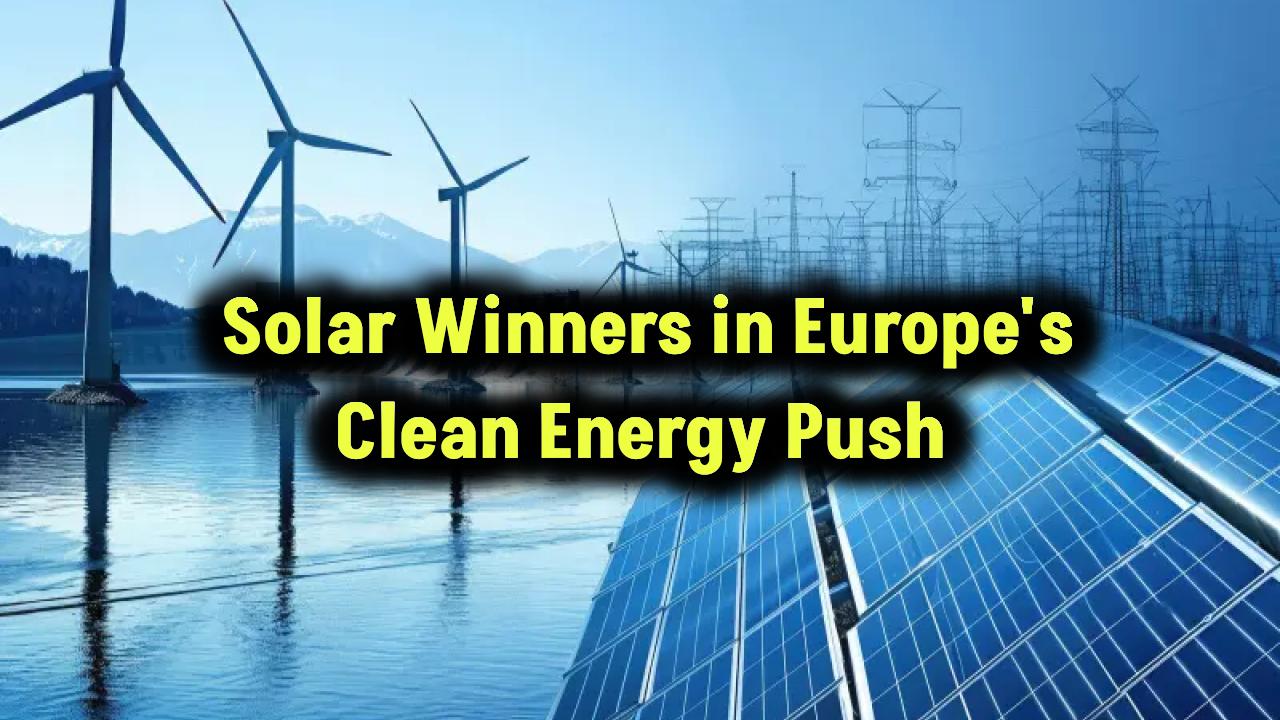
Artificial Intelligence (AI) is rapidly reshaping how solar power is generated worldwide. From boosting energy efficiency to streamlining operations and enhancing forecasting, AI is accelerating the shift to clean, renewable energy. In this article, we’ll explore the key ways AI is transforming solar power, break down complex concepts into easy-to-understand sections, and provide actionable insights for anyone curious about the future of solar energy.
AI’s role in solar energy is a game changer — making solar systems smarter, more efficient, and easier to manage. This transformation is crucial for meeting global climate goals and powering communities sustainably. Let’s dive into the specifics.
Understanding AI’s Role in Solar Energy
What Is AI in Solar Power?
At its core, Artificial Intelligence means using computers and algorithms to mimic human decision-making. In solar energy, AI uses vast amounts of data—like weather conditions, sunlight patterns, and equipment performance—to optimize how solar systems work.
AI continuously analyzes this information to make real-time adjustments, increasing energy output and reducing maintenance costs.
How AI Optimizes Solar Energy Production
Intelligent Solar Panel Positioning
One of the simplest but most effective ways AI improves solar power is by optimizing panel placement and tilt. Traditional solar panels are fixed in one position, but AI-driven systems can adjust panel angles based on the sun’s location throughout the day.
This dynamic positioning can boost energy capture by up to 25%, according to studies by the U.S. Department of Energy.
Real-Time Performance Monitoring
AI-powered sensors constantly monitor solar panels’ efficiency and detect when output drops. If a panel is shaded, dirty, or malfunctioning, AI systems can alert operators immediately, enabling quick fixes that prevent significant energy loss.
Predictive Maintenance
Maintaining thousands of solar panels manually is expensive and time-consuming. AI predictive maintenance solves this by analyzing data from sensors to forecast equipment issues before they escalate.
For example, if a solar inverter is showing signs of overheating, AI algorithms will flag it early, allowing technicians to intervene proactively. This reduces unexpected downtime and can cut maintenance costs by as much as 30%.
AI in Solar Farm Construction and Management
Automated Installation with Robotics
Companies like Terabase Energy are pioneering AI-driven robotics that automate the installation of solar panels on large farms. These robots improve precision, speed up construction timelines, and reduce labor costs significantly.
SoftBank’s $130 million investment in such technology reflects the growing confidence in AI-powered solar infrastructure.
Smart Cleaning Systems
Solar panels need regular cleaning to maintain efficiency. AI systems schedule cleaning robots intelligently, targeting panels based on dirt levels and weather forecasts, saving water and labor while maximizing panel output.
Enhanced Forecasting and Grid Integration
Accurate Solar Energy Forecasting
One of the biggest challenges for solar energy is its variability—clouds, storms, and seasonal changes affect output. AI uses historical and real-time weather data to predict solar energy production with high accuracy.
This helps grid operators plan better, balancing solar energy with other power sources and managing energy storage more effectively.
Smart Grid Management
AI also plays a role in smart grids, which distribute energy dynamically based on demand and supply. By integrating AI, grids become more flexible and can better incorporate renewable energy like solar and wind, improving overall grid reliability.
Transforming Residential Solar Energy Use
AI-Powered Home Energy Systems
For homeowners, AI is changing how solar power is used daily. AI-based energy management platforms analyze household energy consumption and solar generation patterns to optimize energy usage.
For example, AI can decide the best time to store solar power in batteries or sell excess energy back to the grid, helping reduce electricity bills and carbon footprints.
Virtual Power Plants (VPPs)
AI enables Virtual Power Plants, networks of small solar producers (like homes and businesses) that combine their output to act like a large power plant. This aggregated energy can be sold or used to stabilize the grid, offering new revenue streams for solar owners.
How to Benefit from AI in Solar Energy
- For Solar Farm Operators: Invest in AI-powered predictive maintenance tools and consider robotics for construction and cleaning to cut costs and boost efficiency.
- For Homeowners: Look for solar providers offering AI-based energy management systems to maximize savings.
- For Investors and Policy Makers: Support AI innovations that accelerate renewable energy deployment and grid integration.
Solar Skins: Can These Sleek Alternatives Replace Traditional Rooftop Panels?
Top 5 Solar Stocks Under $5 to Buy in 2025 – Budget Picks with Big Potential
perovskite Solar Cells Explained: What They Are and Why They Could Revolutionize Solar Energy
(FAQs)
Q1: Can AI make solar energy cheaper?
A: Yes. AI reduces operational costs by improving maintenance efficiency, optimizing energy production, and automating labor-intensive tasks.
Q2: Is AI technology in solar energy widely available?
A: Many large-scale solar projects and innovative home solar systems already use AI, and adoption is growing rapidly.
Q3: How reliable are AI predictions for solar energy output?
A: AI models can forecast solar energy production with over 90% accuracy by analyzing detailed weather and historical data.
Q4: Can AI help in integrating solar energy into existing power grids?
A: Absolutely. AI enhances grid flexibility by managing supply and demand, making it easier to incorporate solar power.
Q5: What are Virtual Power Plants, and how do they relate to AI?
A: VPPs use AI to coordinate multiple distributed energy resources, like home solar panels, to collectively act as a power plant, improving energy reliability and offering financial benefits.








